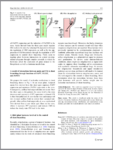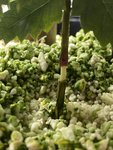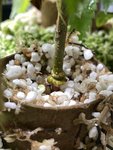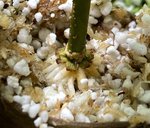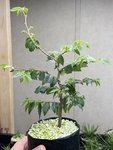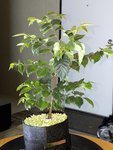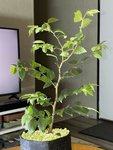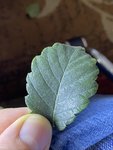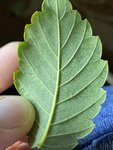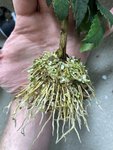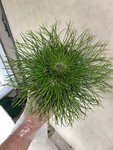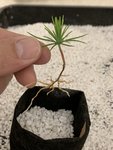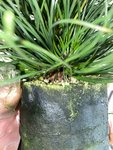cmeg1
Imperial Masterpiece
Bjorn Bjorholms Podcast
In Bjorns podcast he mentions a paper that can be downloaded to explain the results I am observing with increased Cytokinin levels through application of Kelp/Fulvic Acid.
I understand this better now after reading the paper a couple times.I will read a few more times though.
The last page sums it up......what is described in the read.Though this seems to be relatively uncovered science (concerning the MANY MORE processes involved) in axellary bud suppression and growth with respect to the role auxin plays in suppression of Cytokinin through regulation of expression various genes and dna in hormonal changes the plants have developed to control growth (apical dominance to name one).
Here is picture of last page and also link to Bjorns cited paper(has a download tab). Thanks @coh

 link.springer.com
link.springer.com
In Bjorns podcast he mentions a paper that can be downloaded to explain the results I am observing with increased Cytokinin levels through application of Kelp/Fulvic Acid.
I understand this better now after reading the paper a couple times.I will read a few more times though.
The last page sums it up......what is described in the read.Though this seems to be relatively uncovered science (concerning the MANY MORE processes involved) in axellary bud suppression and growth with respect to the role auxin plays in suppression of Cytokinin through regulation of expression various genes and dna in hormonal changes the plants have developed to control growth (apical dominance to name one).
Here is picture of last page and also link to Bjorns cited paper(has a download tab). Thanks @coh

Auxin–cytokinin interactions in the control of shoot branching - Plant Molecular Biology
In many plant species, the intact main shoot apex grows predominantly and axillary bud outgrowth is inhibited. This phenomenon is called apical dominance, and has been analyzed for over 70 years. Decapitation of the shoot apex releases the axillary buds from their dormancy and they begin to grow...

